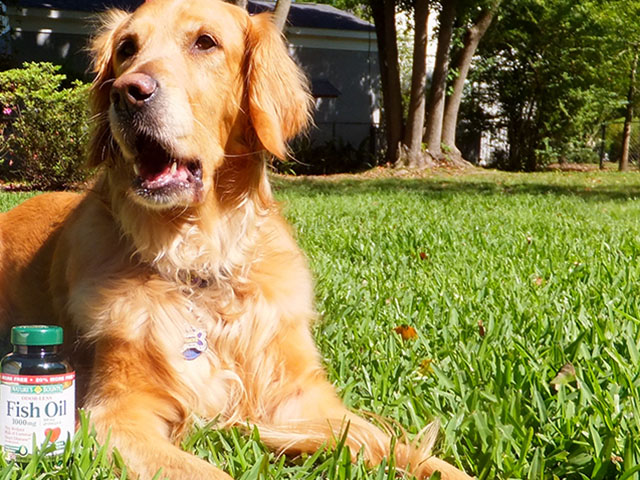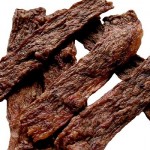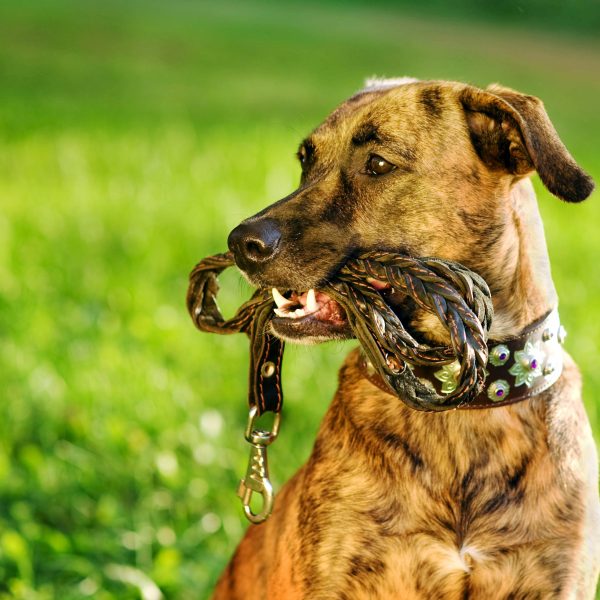We all know fish oil is a good thing for our dogs right?
After all, fish oils have a super anti-inflammatory effect on the body, reducing your dogs joint pain, allergy symptoms and can even fight against cancer!
But before you add that fish oil to your dog’s next meal, there’s something you need to be aware of …
The EPA and DHA in fish oil are highly unsaturated. That means they have a love of double carbon bonds. Why is that important? Because those double carbon bonds make fish oil very unstable and prone to oxidation.
Every time fish oil is exposed to oxygen (during processing, storage and every time you open the bottle), it starts to go rancid. That’s a real problem for your pet! But there is a solution.
Learn more about the dangers of oxidation here…
The Role of Vitamin E In Fish Oil
Fortunately, many fish oil manufacturers put vitamin E in their oils. Vitamin E has excellent anti-oxidant properties and will help limit the damage to your dog from oxidation.
But not all vitamin E is the same. Veterinarian Jodie Gruenstern outlines the different sources of vitamin E below:
Synthetic Vitamin E
Termed dl-alpha tocopherol, synthetic vitamin E is created using refined oils, trimethylhydroquinone and isophytol. It’s not as easily absorbed and doesn’t stay in the body as long as natural vitamin E, and is quickly dispelled by the body like a toxin or unknown chemical.
Natural Vitamin E
Natural vitamin E refers to eight different fat soluble compounds. The most biologically active form is found in grains, seeds and from oils derived from grains and seeds.
If your dog’s fish oil contains synthetic vitamin E or d-alpha tocopherol, you might want to look for a better brand that uses natural vitamin E.
If your fish oil doesn’t contain vitamin E, that’s OK too. You can add a healthy, whole food source of vitamin E to your dog’s diet to make sure he doesn’t suffer the effects of rancid oils.
Recipe: Adding Whole Food Vitamin E
Adding a whole food source of vitamin E to your dog’s diet is easy. Pet nutrition expert Steve Brown, author of See Spot Live Longer and Unlocking the Canine Ancestral Diet, has a simple fix for this problem:
Add three freshly crushed raw almonds for every gram of fish oil.
That’s it!
Not only will your dog be getting a fresh source of antioxidants, he’ll also be getting all of the important co-factors that make that vitamin E more effective.
Choose your fish oil carefully and don’t worry if it doesn’t have vitamin E – adding almonds to your dog’s diet is a great way to know that the vitamin E your dog is getting is healthy and natural.
About Dr Jodie Gruenstern
Jodie Gruenstern DVM CVA has been practicing veterinary medicine in Muskego, Wisconsin since 1987. She is a certified veterinary acupuncturist and food therapist by the Chi Institute. Dr. Jodie is the owner of the Animal Doctor Holistic Veterinary Complex, an integrated, full-service small animal practice. For more info, healthy products or educational DVD, visit AnimalDoctorHolistic.com











